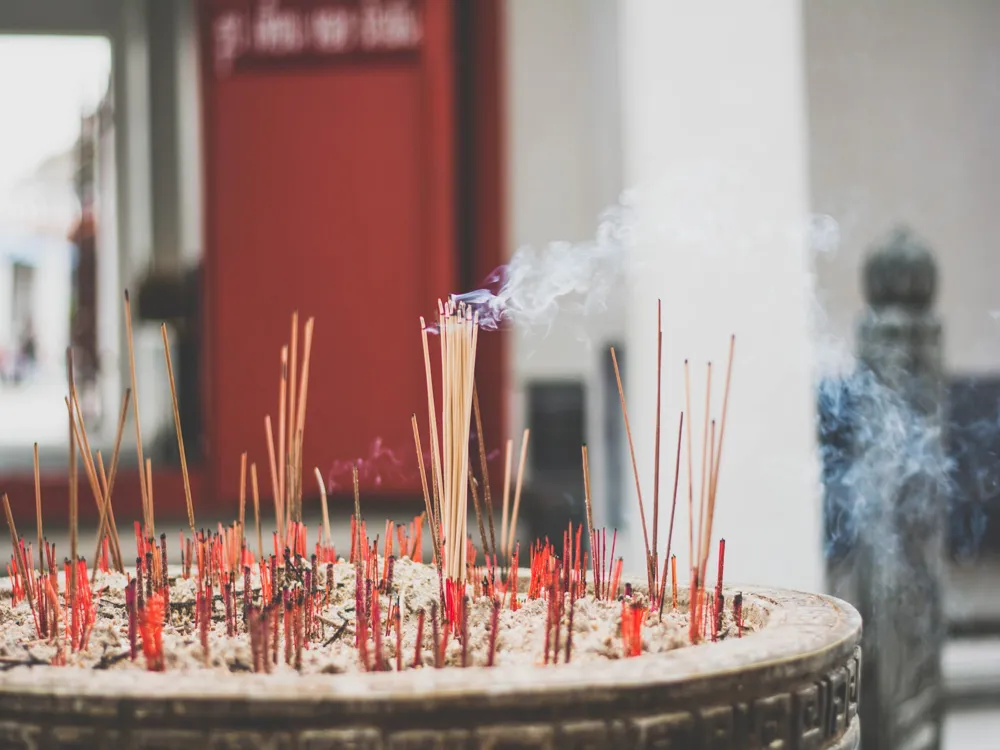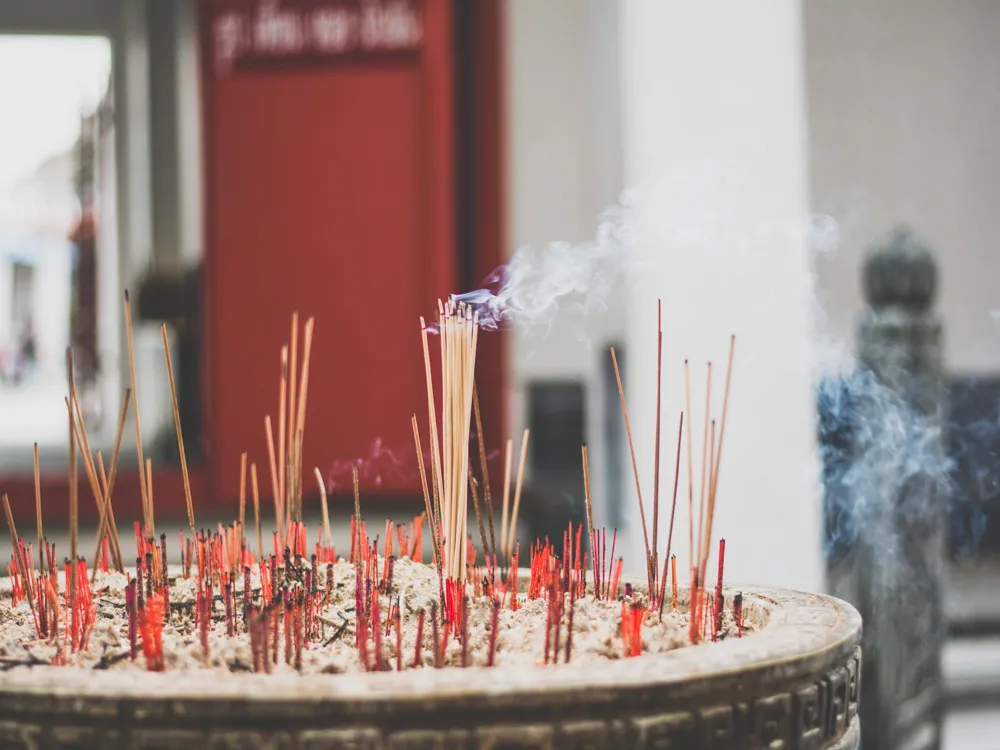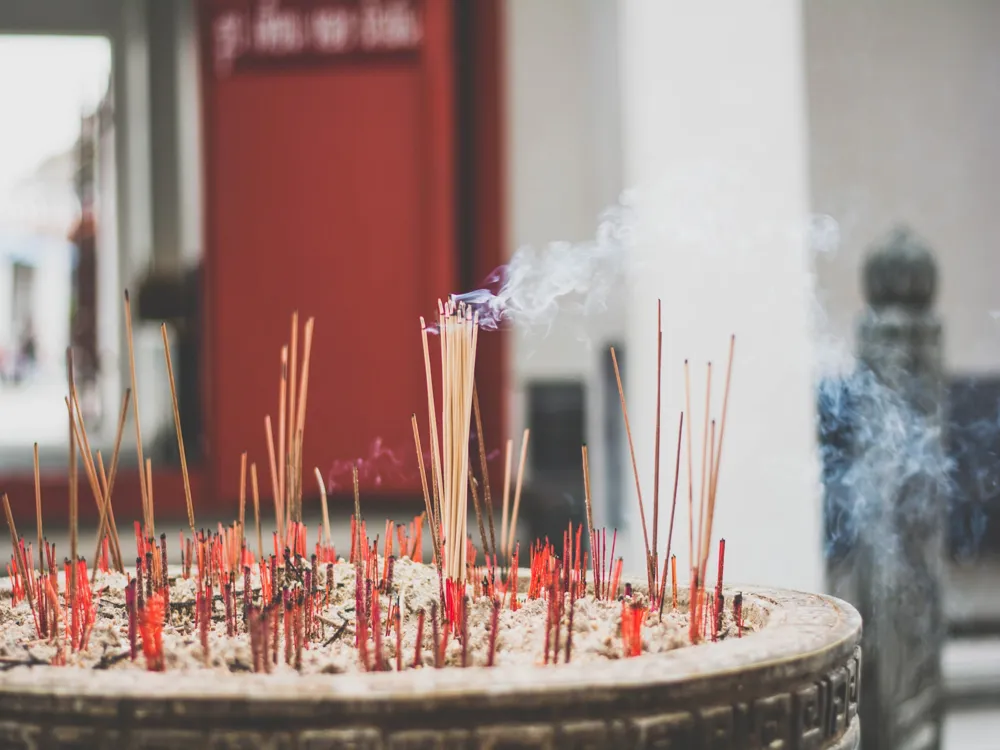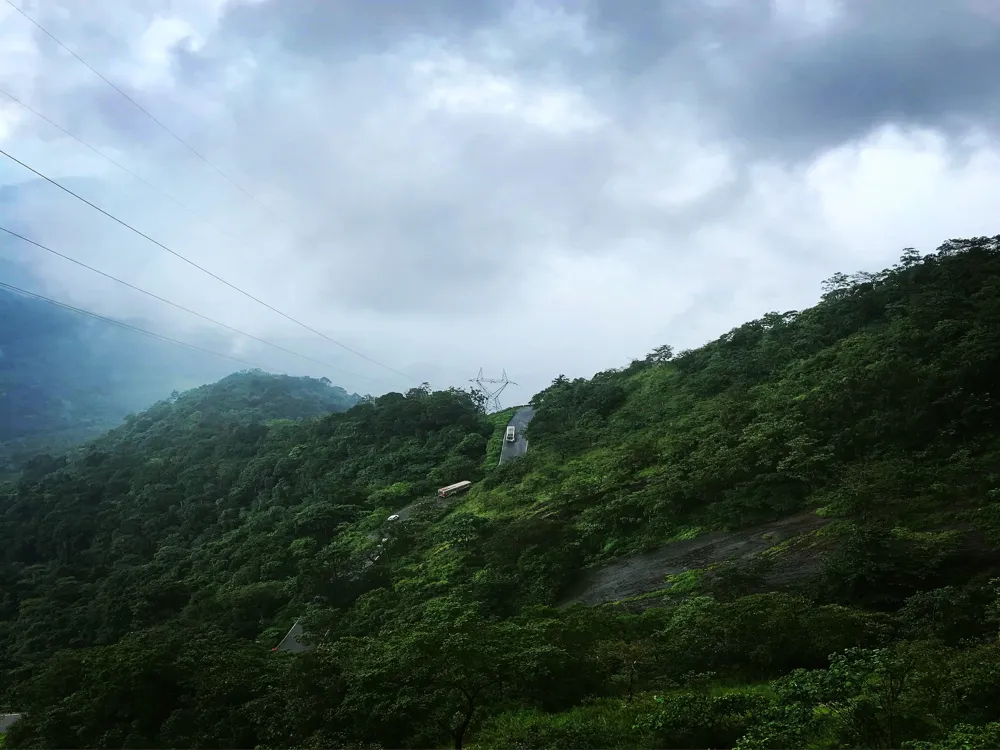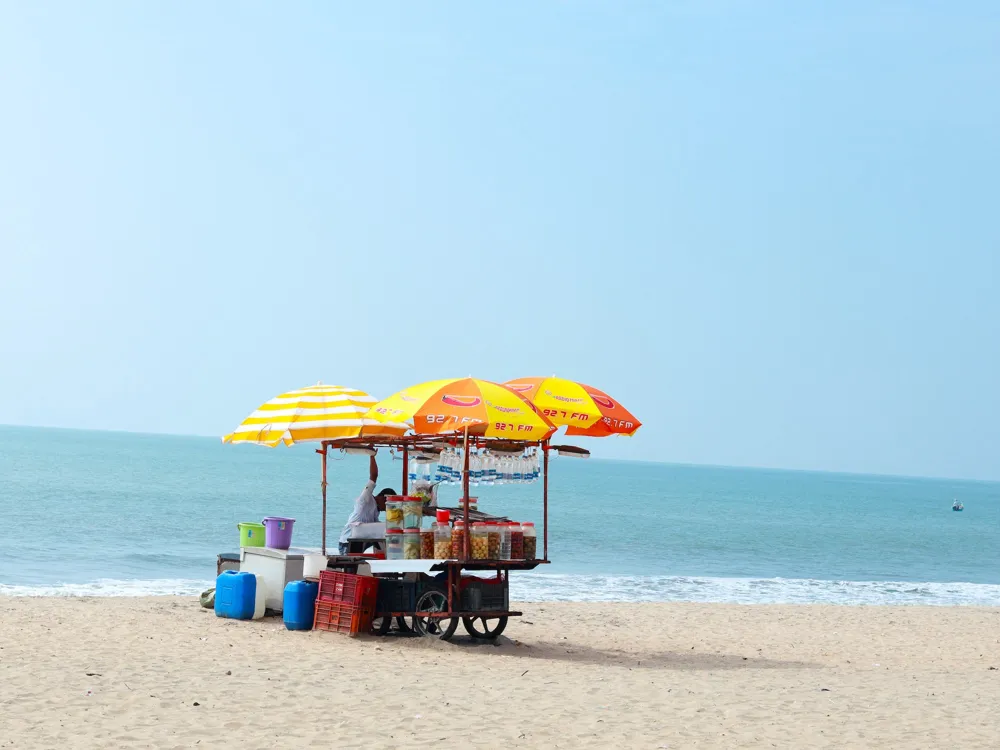Steeped in history and brimming with cultural heritage, the Kovilakoms of Malappuram in Kerala are a testament to the region's rich past. These traditional royal houses, once the abode of the local rulers, stand as magnificent examples of architectural splendor and cultural significance. Malappuram, located in the southern part of India, is known for its picturesque landscapes and vibrant history, with Kovilakoms forming an integral part of its legacy. The architecture of the Kovilakoms in Malappuram is a blend of traditional Kerala and colonial influences, reflecting the historical transitions of the region. The structures are typically built with locally sourced materials, such as wood, laterite stone, and clay tiles, featuring intricate wood carvings, sloping roofs, and spacious courtyards. These architectural elements not only depict the artistic skills of the era but also are tailored to suit the tropical climate of Kerala. One of the unique features of Kovilakom architecture is the 'Nalukettu' - a traditional homestead of Kerala where the house is built around a central courtyard. This design ensures ample ventilation and natural lighting, essential in the humid climate of the region. The Kovilakoms often have elaborately carved wooden pillars, ornate doors, and large verandas, which add to their grandeur and elegance. Many Kovilakoms in Malappuram have been preserved and restored, allowing visitors to witness their historical and architectural grandeur. Efforts by the local government and cultural organizations aim to maintain these structures not only as a reminder of the past but also as a source of inspiration for future generations. When visiting Kovilakoms, it's important to be mindful of local customs and traditions. Dress modestly, and be respectful of the cultural and historical significance of these sites. Seek permission before taking photographs, especially inside the Kovilakoms. The ideal time to visit the Kovilakoms in Malappuram is during the cooler months from October to March. The weather is pleasant, making it comfortable to explore these architectural marvels. Opt for guided tours if available, as they provide in-depth insights into the history and architecture of the Kovilakoms. Local guides can enrich your visit with stories and information not commonly found in guidebooks. Reaching the Kovilakoms in Malappuram is convenient due to the well-connected transport network in Kerala. The nearest airport is Calicut International Airport, from where you can hire a taxi or take a bus to Malappuram. The region is also accessible by train, with the nearest railway station being in Malappuram itself. For those who prefer road travel, Malappuram is well-connected by state and national highways, making it easily accessible from various parts of Kerala and neighboring states. Read MoreDiscover the Majestic Kovilakoms of Malappuram, Kerala
Architectural Wonders: The Kovilakoms of Malappuram
Unraveling the Architectural Style
Unique Features of Kovilakom Architecture
Preservation of Heritage
Essential Tips for Visiting Kovilakoms in Malappuram
Respect Local Customs and Traditions
Best Time to Visit
Guided Tours
Traveling to the Kovilakoms of Malappuram
Malappuram Tourism
Best Time to Visit Malappuram
How to Reach Malappuram
Things To Do Malappuram
Kovilakoms
Malappuram
Kerala
NaN onwards
View malappuram Packages
Malappuram Travel Packages
View All Packages For Malappuram
Top Hotel Collections for Malappuram

Private Pool

Luxury Hotels

5-Star Hotels

Pet Friendly
Top Hotels Near Malappuram
Other Top Ranking Places In Malappuram
View All Places To Visit In malappuram
View malappuram Packages
Malappuram Travel Packages
View All Packages For Malappuram
Top Hotel Collections for Malappuram

Private Pool

Luxury Hotels

5-Star Hotels

Pet Friendly







